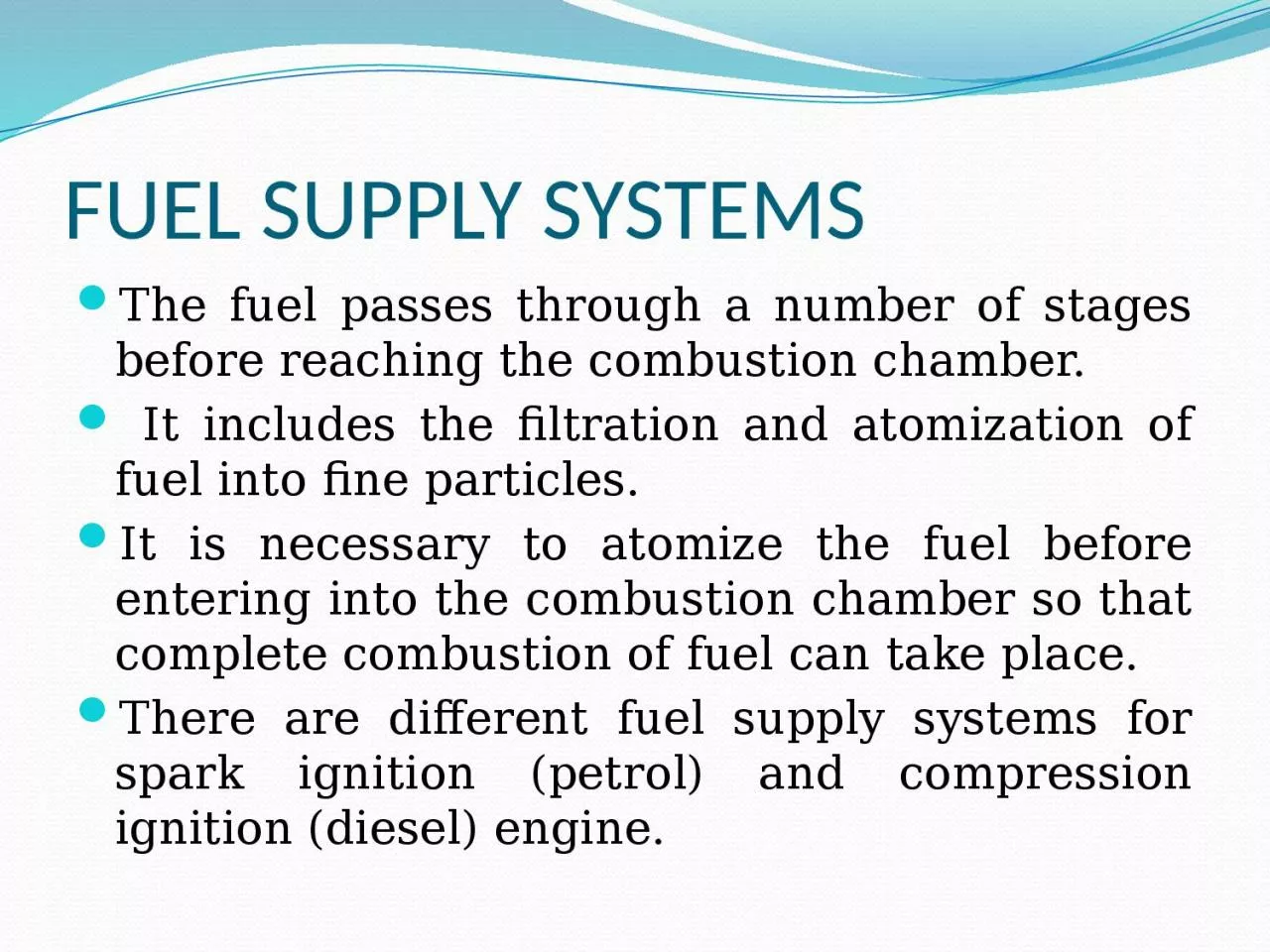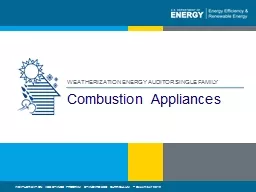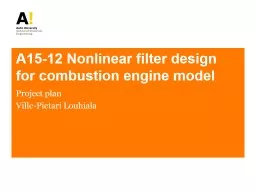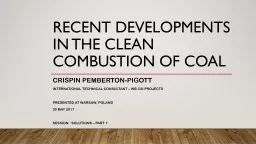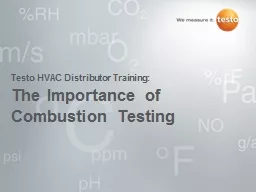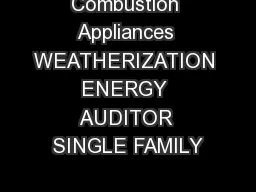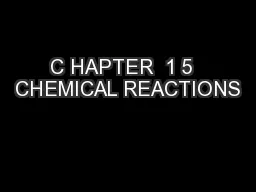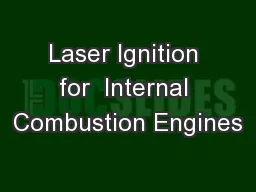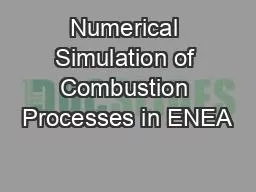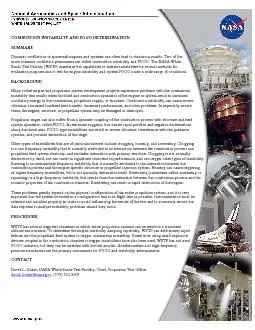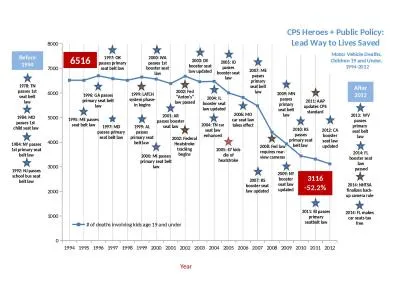PPT-FUEL SUPPLY SYSTEMS The fuel passes through a number of stages before reaching the combustion
Author : ash | Published Date : 2023-09-25
It includes the filtration and atomization of fuel into fine particles It is necessary to atomize the fuel before entering into the combustion chamber so that complete
Presentation Embed Code
Download Presentation
Download Presentation The PPT/PDF document "FUEL SUPPLY SYSTEMS The fuel passes thro..." is the property of its rightful owner. Permission is granted to download and print the materials on this website for personal, non-commercial use only, and to display it on your personal computer provided you do not modify the materials and that you retain all copyright notices contained in the materials. By downloading content from our website, you accept the terms of this agreement.
FUEL SUPPLY SYSTEMS The fuel passes through a number of stages before reaching the combustion: Transcript
Download Rules Of Document
"FUEL SUPPLY SYSTEMS The fuel passes through a number of stages before reaching the combustion"The content belongs to its owner. You may download and print it for personal use, without modification, and keep all copyright notices. By downloading, you agree to these terms.
Related Documents

